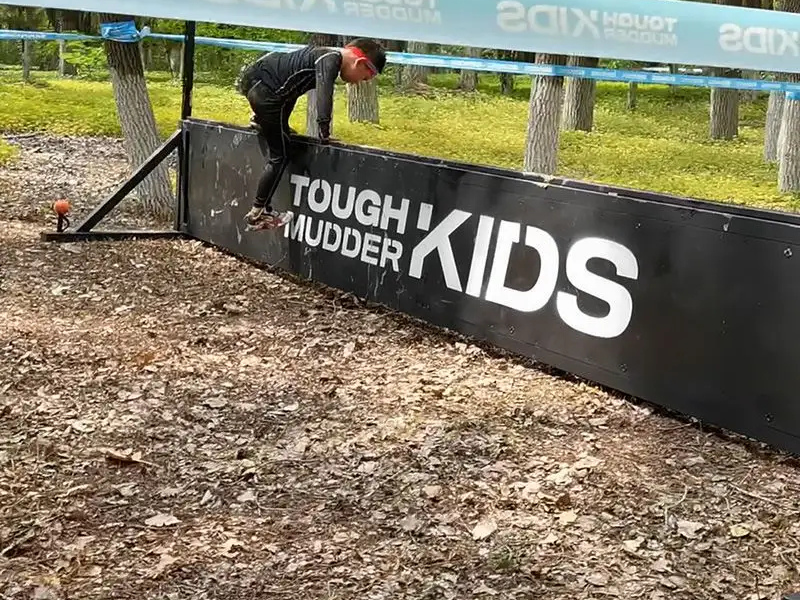Key Factors to Consider When Designing a Ninja Obstacle Course for Schools
Safety First Building a Secure Environment
Every time a school is being considered for a new ninja warrior obstacle course addition, the first thing one will always think of is the safety of children using the course—and for good reason. Children and teenagers will always have plenty of boundless energy, and will not always be mindful of physical limits. Course challenges must be taken into account, but even before that, safety issues must be prioritized. First, the supporting framework must be strong enough for the course being developed. Course structures can be built using a wide variety of strong materials. Steel is the strongest, but aluminum is much lighter, making the course easier to move around. Another option is timber which can be treated, smoothed, and shaped for a snug, more natural touch. The composite of metal or wood should remain rigid as to not have a weak or unstable structure, which is the last thing anyone would want.
What about the areas where kids can land? What can happen when kids fall? All courses must include mats and floors to protect against falls. Folding mats, inflatable mats, and foam pits are great options. These surfaces will help cushion falls, and protect against injuries. In addition, each course should include strong safety fences made of steel and soft mesh to keep the atmosphere confined and controlled. It is also helpful to have clearly defined entrance and exit points, and to include dedicated platforms at the start and the end of each training section to guarantee smooth and organized activity flow. Supervision is also vital. An adult must always take control of the group to monitor kids, enforce course rules, and provide help when needed. When you build a secure environment from the ground up, students will be able to safely and confidently test their abilities.

Modifying Challenges on the Age Appropriate Design
An obstacle course at a school cannot, in any way, follow a box-like design. Each age group engages with the course at different levels. Differences in safety become important. For the youngest age group, such as elementary school children, the goal starts with the very basics. The aim is to build foundational gross motor skills of climbing, crawling, and balancing. The course should incorporate age-appropriate design elements. These should be low to the ground, easy to use, and include wider ledges. In order to make the obstacles more enjoyable to younger children, include crawling tunnels, low and balance beams, and small walls to climb.
For middle school students, you can introduce more complex challenges that require greater strength, coordination, and problem solving. This is the age where you might incorporate hanging elements like ropes or rings, slightly higher climbing sections, and obstacles that require a sequence of movements . The difficulty can be adjustable, allowing for flexibility to cater to different skill levels within the same age group . High school students can handle challenges that closely mimic those seen on popular television shows. You can include more demanding upper body challenges, complex traverses, and obstacles that test grip strength and core stability. The key is to design a course that is scalable. A modular design is perfect for this, as it allows you to easily reconfigure sections, change the height of elements, or swap out obstacles to keep the course fresh and appropriately challenging for every student in the school .
Space and Modularity: Maximizing Your School's Layout
When it comes to schools, whether it is your gym, dedicated activity room, or even outdoor yard, the school facilities will almost always have to deal with confined spatial arrangements. Thankfully, modern ninja obstacle course systems consider and accommodate these issues. However, it is important to remember that here, the objective is acquiring modularity. A modular system is made up of standardized units that can be arranged and interconnected in a multitude of sequences to personalize a course design specific to your dimensions. Therefore, you will never be stuck with a fixed, single course configuration for the modular system.
A course can be small and fit in the gym when it's raining or expanded when the sun's out and it's time for the field. The structure is flexible and can be changed or added in any direction. When designing the course, think about the flow. It needs to make sense and you can start with warm up obstacles, then work to the more challenging parts. Make sure to think about the space around the obstacles. Students need to be able to wait for their turn and teachers need enough space to manage the course. Using lightweight materials makes it easy to move the course or to put it in storage. This makes it easy for the school to optimize their layout rather than just making changes to the school.
Integrating Fun Activities with School Objectives
Every part of the school day can be educational if it follows the school's broader educational goals and objectives. In this case the goals deal with the Physical Education curriculum. The ninja obstacle course fits perfectly as it develops multiple components of fitness like cardiovascular endurance, muscular strength, and flexibility as well as agility and balance. More importantly, this course tackles the 'issue' of exercise 'burnout' because it is an engaging and enjoyable activity that can be enjoyed by students who normally do not participate in team sports.
The benefits are not just physical. Problem solving and critical thinking are crucial when taking on different challenges on the course. Students evaluate an obstacle, devise a plan for a series of movements, and then change their plan on the spot if things do not work Seamless. This also helps in cognitive development. In addition, the social emotional skills development are notable as well. In the course, students learn to motivate their teammates, demonstrate patience while waiting for their turn, and build emotional stamina when they need to resiliently persevere and keep trying after failing. For an even more integrated approach, tracking or measuring performance maybe a good way to incorporate math lessons while performance on the course. Lesson on physics concepts of gravity, force, and leverage maybe introduced through the obstacles. An optional timer and a results screen can motivate students by introducing a level of healthy competition. Students are able to motivate themselves by tracking their results over time. This integrated approach to the course obstacle transforms it into a vital tool for multi-faceted development as a student.

